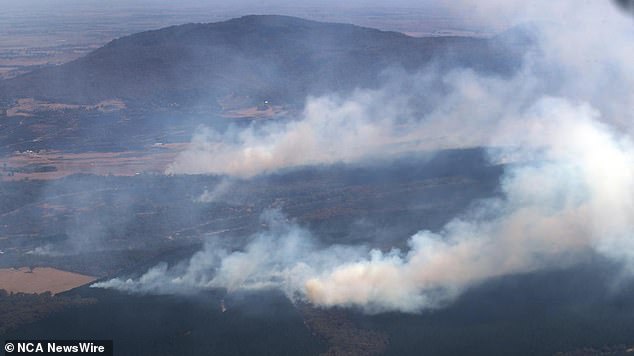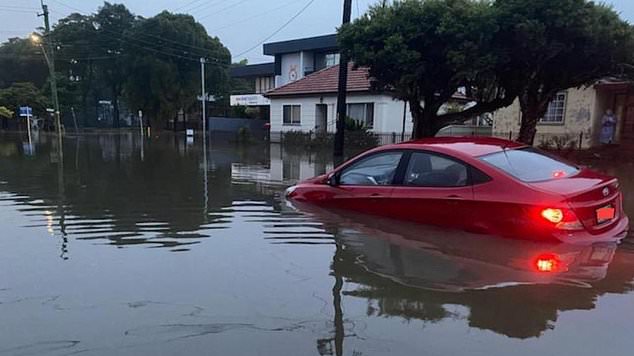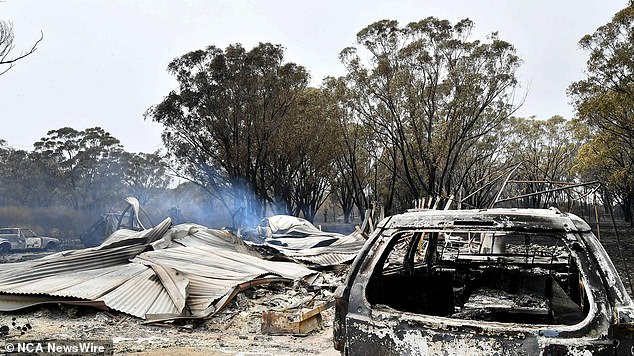Australia’s national disaster agency is preparing for warmer, wetter and windier weather as the country heads deeper into spring.
The National Emergency Management Agency (NEMA) on Friday released its highest risk outlook for the next quarter.
Temperatures were “well above average” across much of Australia during the winter, a trend that is only expected to continue into the warmer months.
The agency said there was an “increased risk of fire in parts of northern Australia and the southeast between September and November 2024”.
Areas most at risk included parts of western Victoria and a swathe of South Australia.
But the biggest threat loomed in the north, with parts of Queensland and the Northern Territory at risk.
The main regional centres were in areas identified as being at highest risk, including Alice Springs and Tenant Creek in the Northern Territory, and Mount Isa, Townsville and Cairns in Queensland.
But NEMA said there was no reason to let down guard in areas where the risk had not changed.
Australia’s disaster response agency has warned that spring could bring extreme weather conditions (pictured: Black Summer bushfires)

Spring is expected to bring warm weather along with significant rainfall (a flight over a fire near Elmhurst)
“Destructive and deadly wildfires can still occur in areas with normal wildfire risk,” the agency said.
Above-average rainfall is also expected in eastern and central parts of the country, while below-average rainfall is expected in parts of Western Australia and western Tasmania.
But fire was not the only increased risk.
With high soil moisture levels and above-average rainfall expected in eastern and central parts of the country, flooding was also a major concern.

The agency is preparing for bushfires and floods (pictured: floods in northern New South Wales)
“Current soil moisture levels and forecast rainfall and runoff suggest an increased risk of flooding in parts of eastern Australia during November,” NEMA said.
‘More rain on wet soils means a greater risk of runoff and flooding.’
The agency’s outlook was based on data collected by the Bureau of Meteorology.


